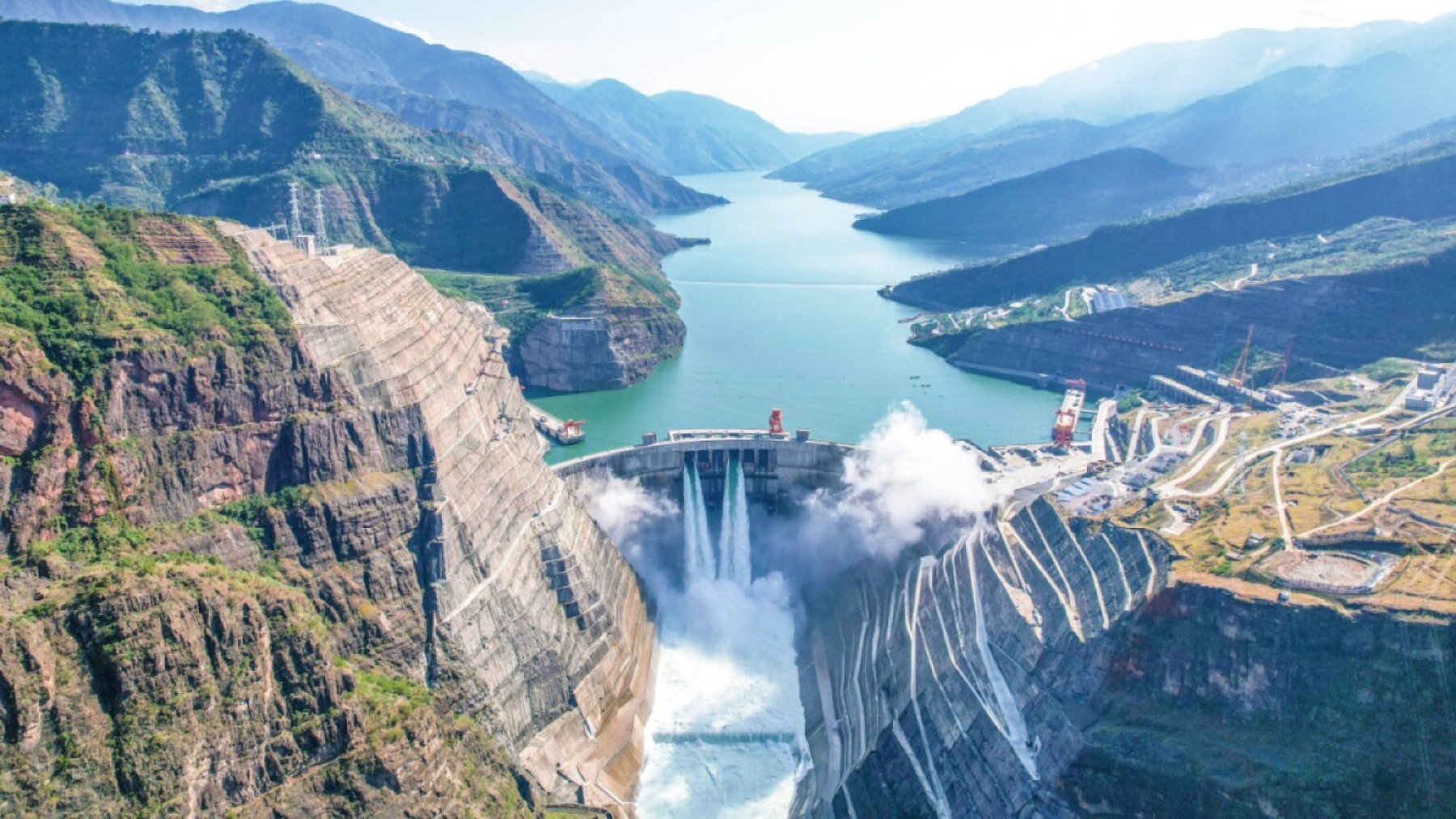If there is one thing that characterizes China, it is contrasts, elements that have marked its turbulent history and have led the country from being an overpopulated, agriculture-based land to a leading economic and industrial powerhouse in renewable energy. However, its power grid still relies mostly on coal while most of its solar panels and wind energy are wasted.
China produces 1200 GW of renewable energy but remains the world’s most polluting country.
Many decades have passed since China moved from being an agricultural economy with overpopulation problems to become the “factory of the world” and stand as the economic, industrial and military power it is today. The transition has had significant costs for the Asian giant, but it is clear that they have learned a lot along the way.
Today, this country has an unquestionable monopoly on the production of lithium batteries, the manufacture of cars and electronic products and the extraction of rare earths, one of the most valuable strategic resources for the current and future technology industry. The cost of this progress has been the heavy dependence on coal to fuel its high energy consumption.
If we talk about China’s contrasts, the most remarkable one currently has to do with the fact that it is the country that invests the most capital in solar and wind energy and yet it is also the only one in the world that has continued to build large-scale coal plants in recent years. They have recently unveiled the world’s largest wind turbine and their solar and wind power capacity is 1200 GW, but most of it is wasted.
The challenge China must overcome: they produce more energy than they can use
China has the advantage of possessing all the most important and expensive strategic resources for the manufacture of solar panels and wind turbines. This, coupled with significant government investment, has allowed them to rapidly expand their production capacity in recent years, adding 25 GW of solar and wind power by July 2024 alone.
Despite this, wind and solar only occupy 14% of their electricity pool. This is due to a lack of storage facilities, so its large generating farms waste most of their capacity when there is no wind or sun.
Provincial administrations are implementing regulations that require companies to install storage systems in their generating plants while investing in infrastructure to integrate both sectors into the grid. However, current storage capacity amounts to 44 GW of the 1,200 GW produced.
China bans coal but could run out of power
The outlook looks complex for the future of electricity supply in the Asian giant. Although its decarbonization plan extends to 2060, its economy could suffer if it is unable to adapt to the target stipulated by Europe and the United States, with a deadline of 2035.
In recent years, 80% of the permits granted for the installation of coal-fired power plants have been reduced, a fuel that currently accounts for 65% of its energy sources. The biggest difficulty is to create a profitable market for the sale of surplus renewable energy stored in batteries, which, at the moment, remain inactive for 91% of the day.
The days of coal-fired plants are numbered in China
The National Energy Administration (NEA) has announced that, by 2026, the country’s PV capacity alone will surpass coal, reaching 1280 GW. Thus, the only thing left to do is to wait for the development of a large-scale storage infrastructure throughout the country for the world’s most polluting country to become the first sustainable energy.
